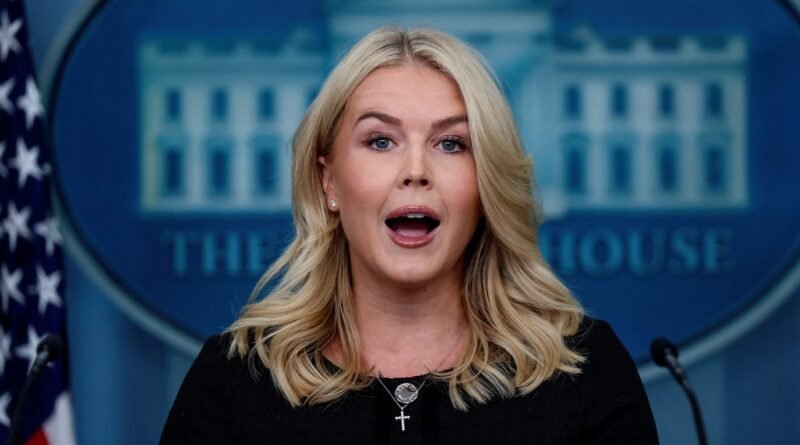White House: Both Sides May Not Be Ready to End War
In a sobering assessment that casts a shadow over hopes for a near-term diplomatic resolution, the White House has presented a stark analysis of the ongoing conflict in Ukraine, suggesting that ‘both sides’ may not be ready to end the war. This poignant observation, delivered by Press Secretary Karoline Leavitt during a daily briefing, follows a night of devastating Russian missile strikes on Kyiv that killed civilians and damaged residential areas, further intensifying the grim rhythm of a war now in its third year. The statement provides a rare glimpse into the current administration’s reading of the conflict’s intractable nature, moving beyond simple condemnation to a more complex, and perhaps more realistic, view of the obstacles to peace. This perspective acknowledges a painful stalemate where military actions, even those taken in defense, contribute to a cycle of escalation that is difficult to break.
The briefing began with Leavitt addressing the recent onslaught against the Ukrainian capital. She conveyed President Trump’s reaction, noting that he was “not happy, but also not surprised” by the latest escalation of violence. This phrasing suggests an administration that has come to expect such brutal tactics from Moscow, perhaps based on intelligence assessments or the pattern of past behavior. However, the Press Secretary’s comments then expanded to present a broader context for the war’s persistence. She pointedly noted that Ukrainian forces have also been active, successfully striking strategic Russian oil facilities deep inside enemy territory. These attacks, while hailed as crucial for degrading Russia’s war-making capacity and economic stability, are also significant escalations in their own right. It was within this framework of mutual, albeit asymmetrical, military action that Leavitt offered her central, impactful conclusion: “Perhaps both sides of this war are not ready to end it.”
This analysis from the White House is a significant diplomatic acknowledgment. It implies that for all the international efforts and calls for negotiation, the fundamental conditions for a ceasefire have not been met. On one side, Russia demonstrates no discernible willingness to abandon its maximalist goals through its relentless aerial bombardments of civilian infrastructure. On the other, Ukraine, with the backing of its Western partners, remains steadfastly committed to its right to self-defense and to taking the fight to the enemy, understandably refusing to negotiate from a position of weakness. The statement underscores a tragic reality: that a “hurting stalemate” sufficient to force both parties to the negotiating table has yet to be achieved. Leavitt added that President Trump may issue a further statement on the conflict later today, leaving open the possibility of a new diplomatic push. However, the core message from the briefing room was one of grim realism, positing that as long as both sides continue to pursue military solutions with strategic gains, the path to peace remains fraught, and the White House assessment that ‘both sides’ may not be ready to end the war stands as a discouraging but necessary truth.
Go To Main Page

